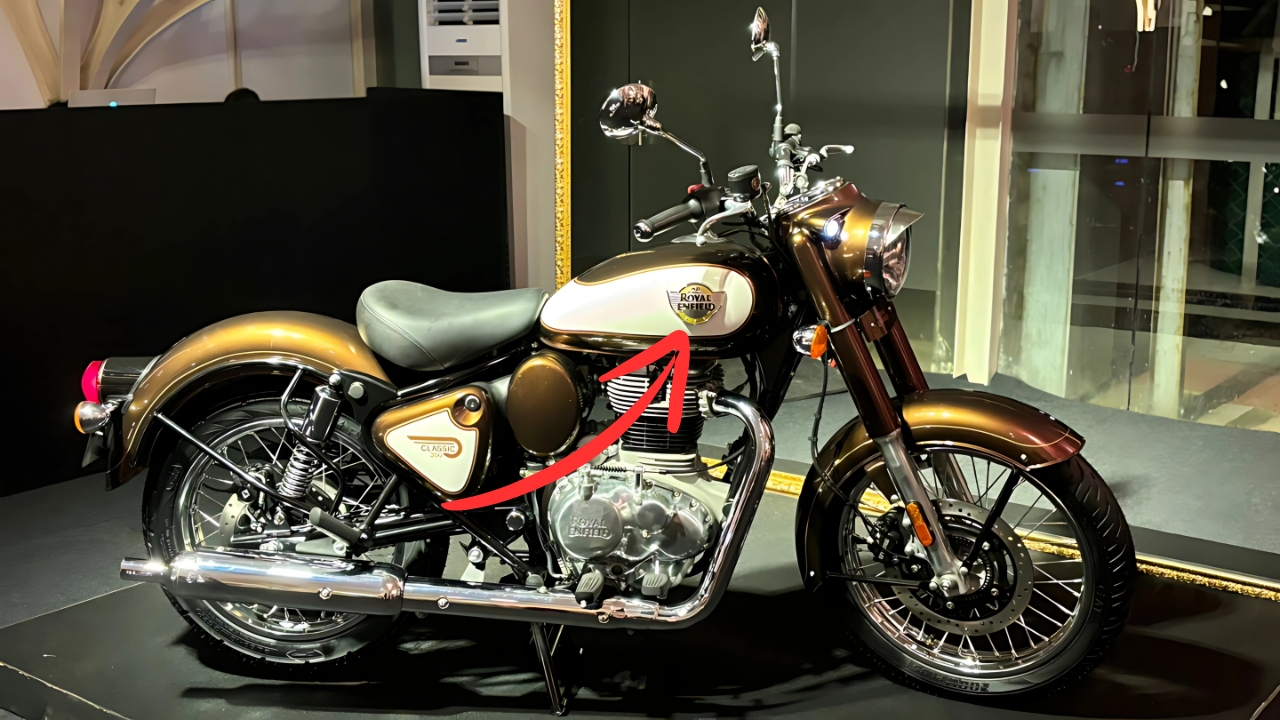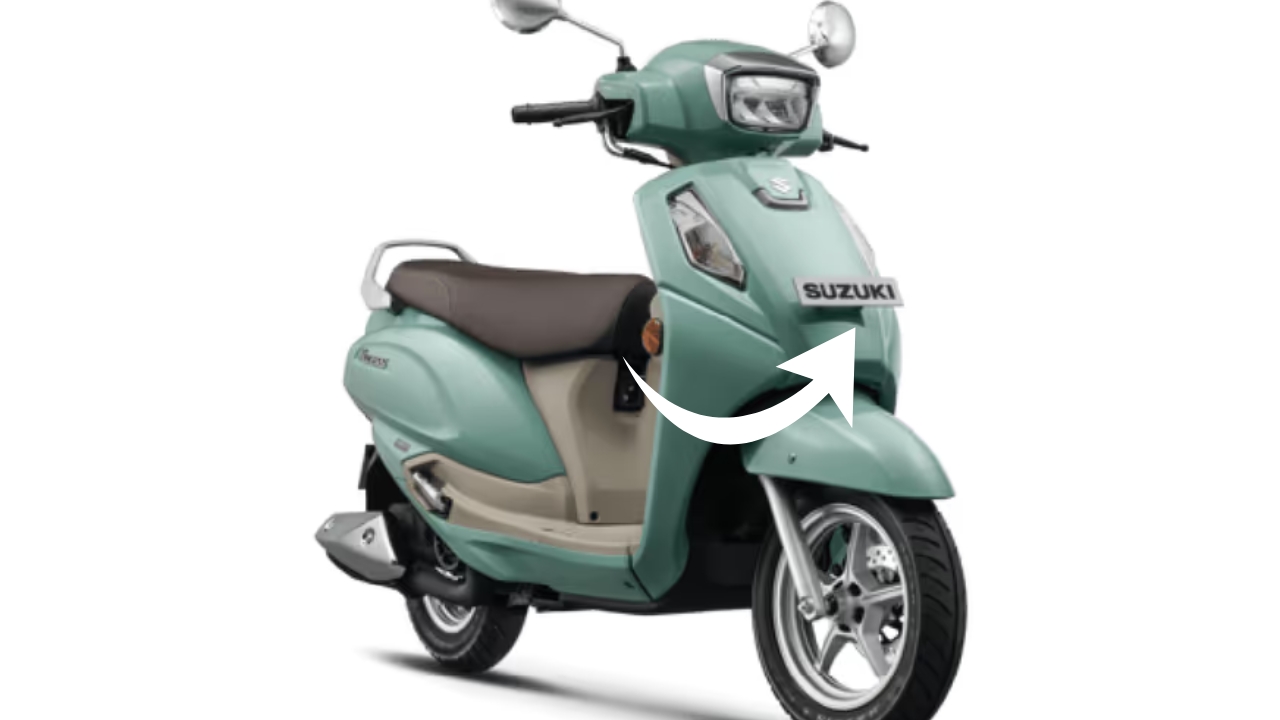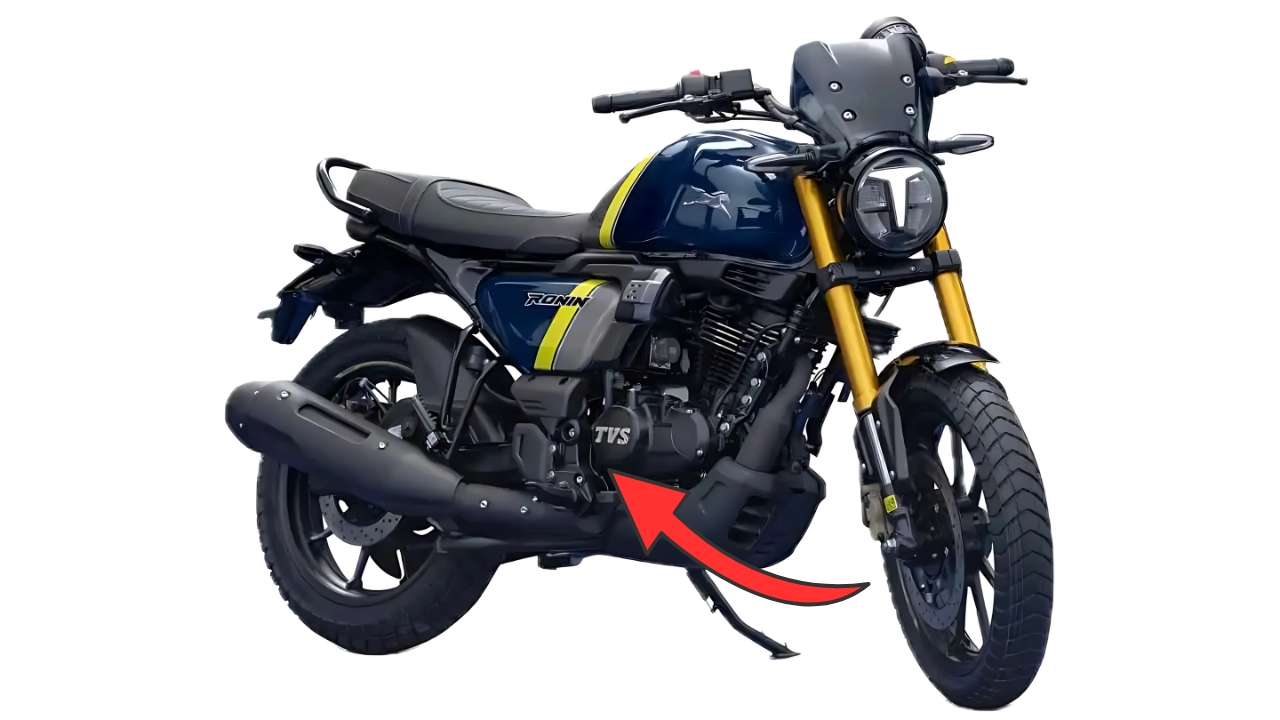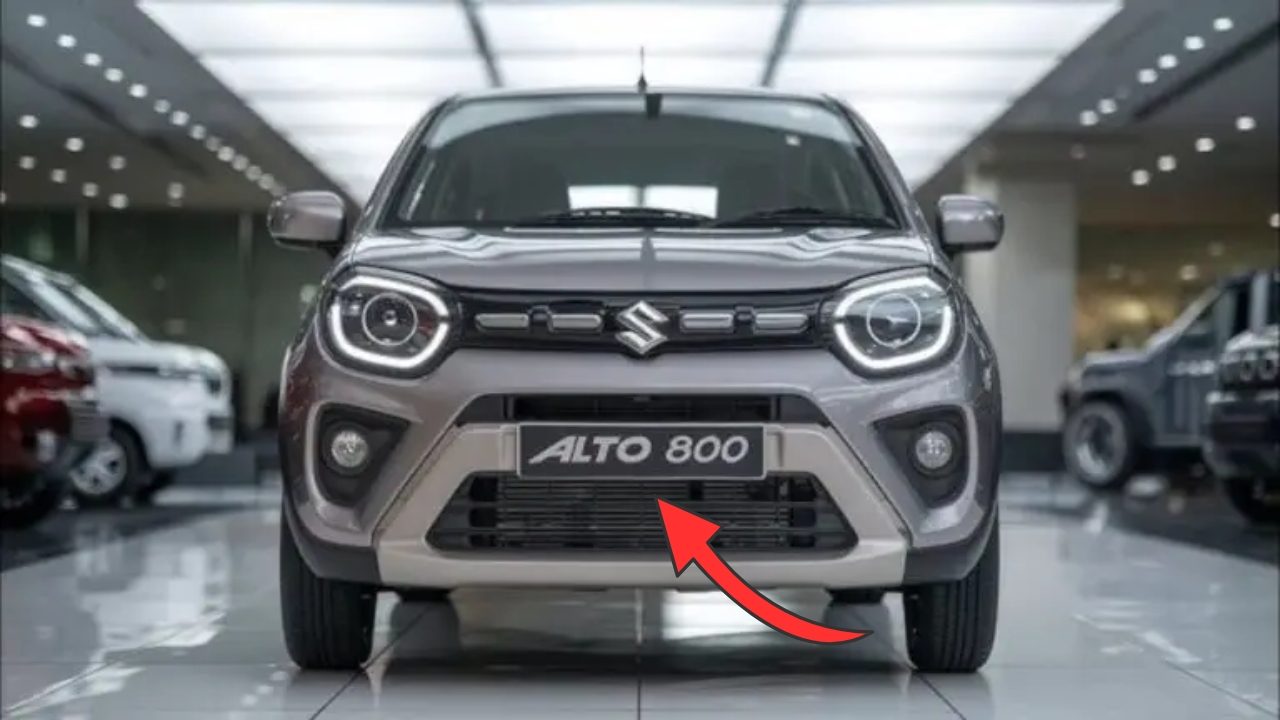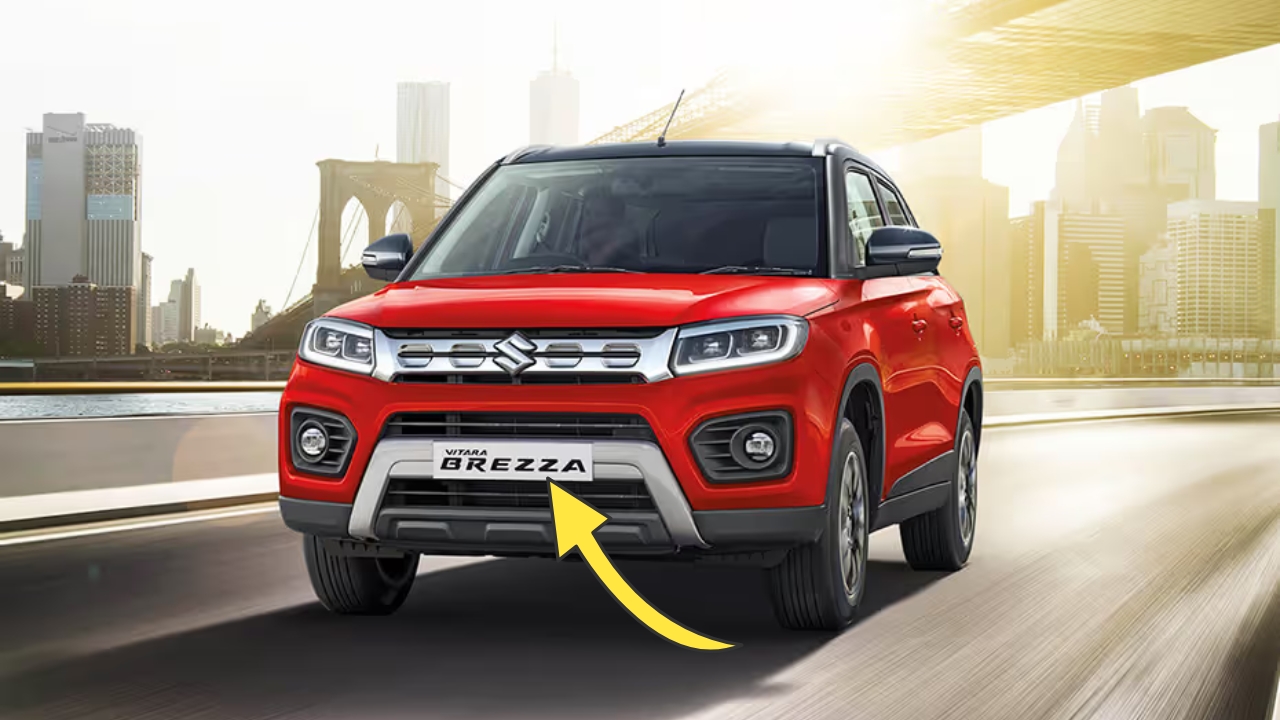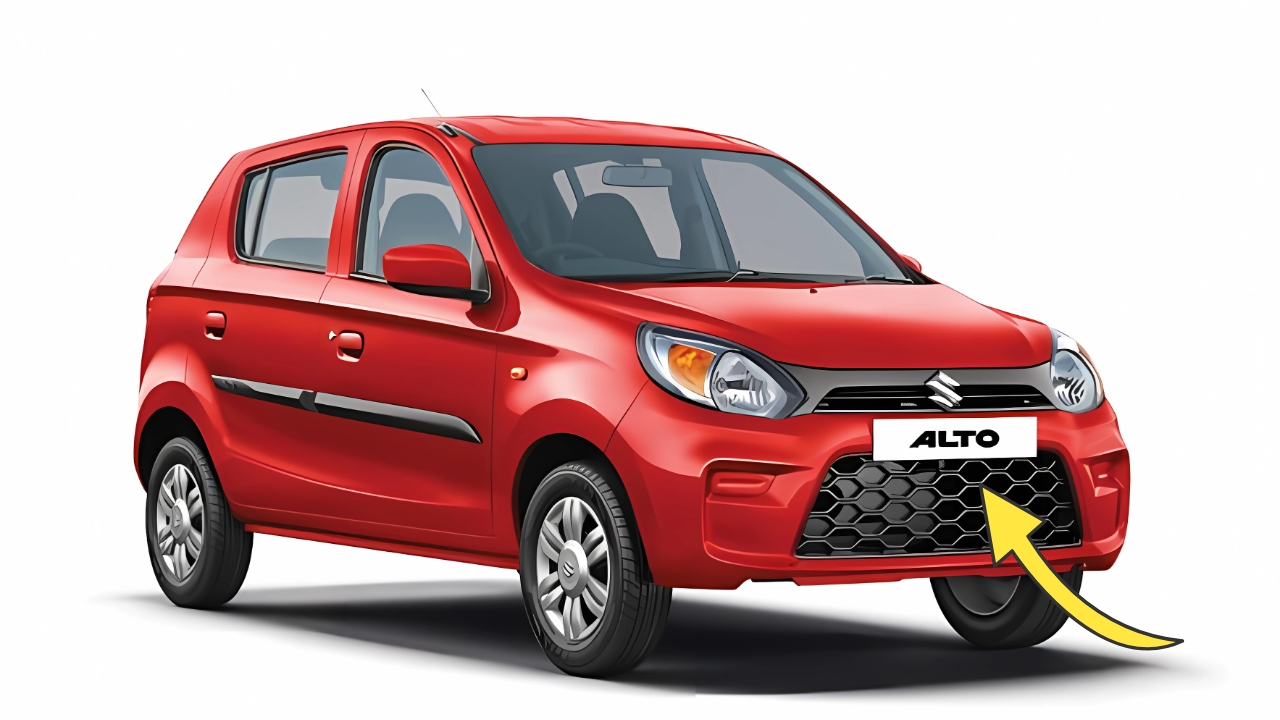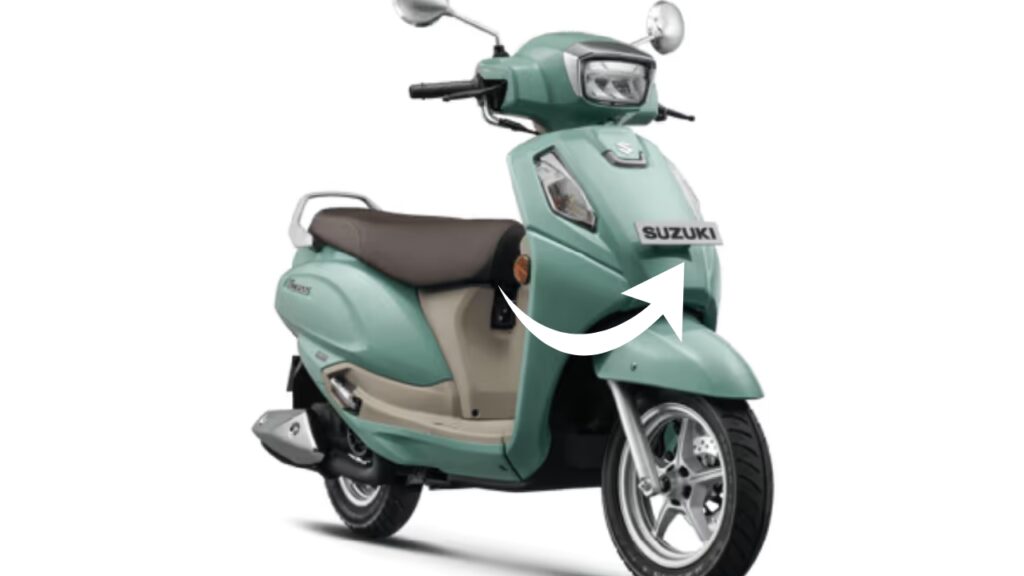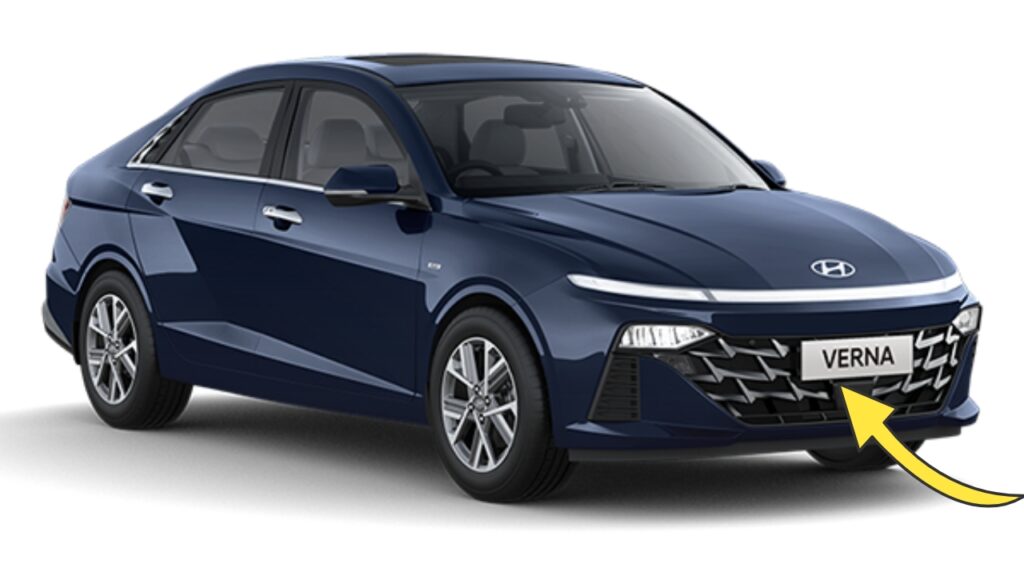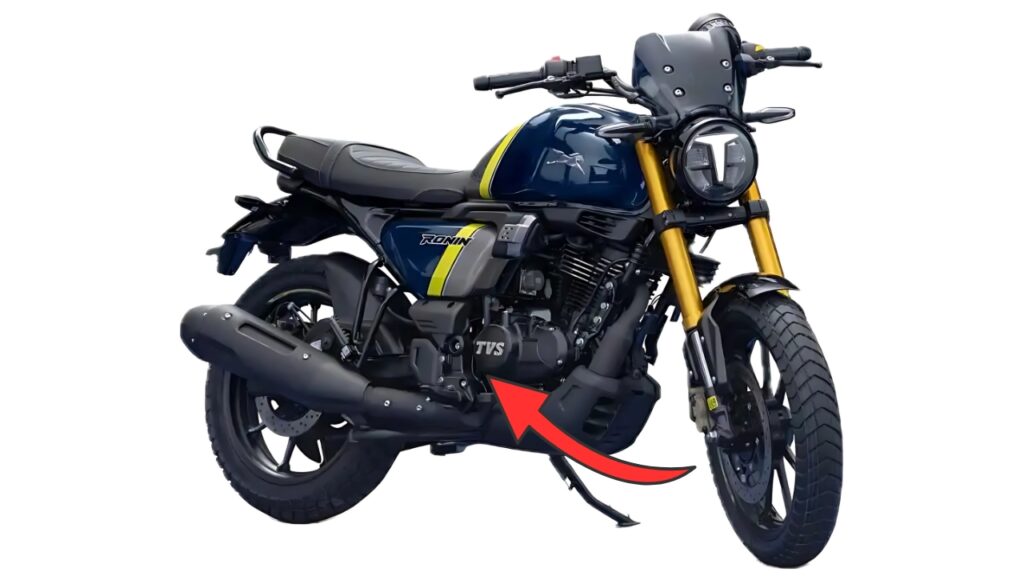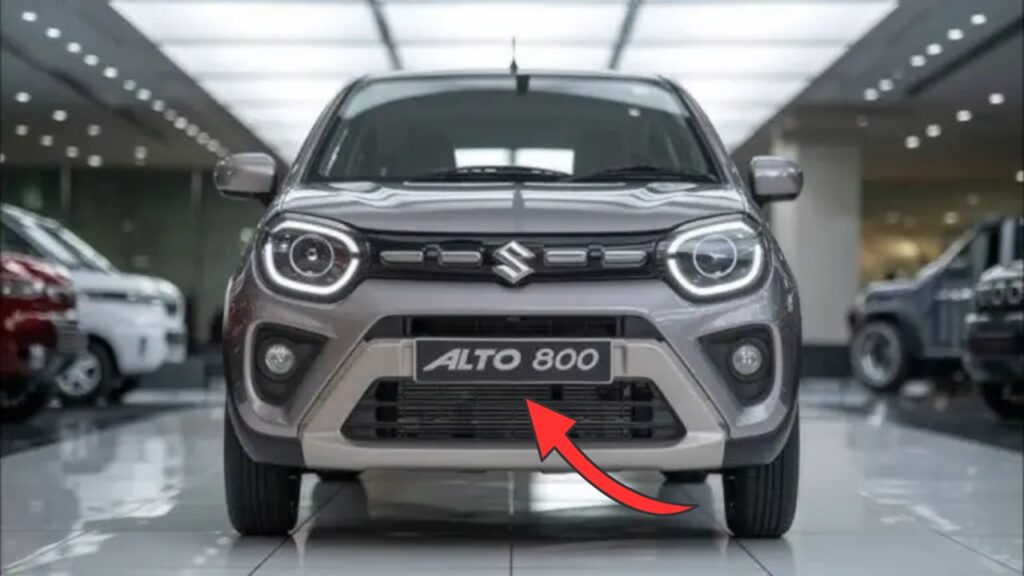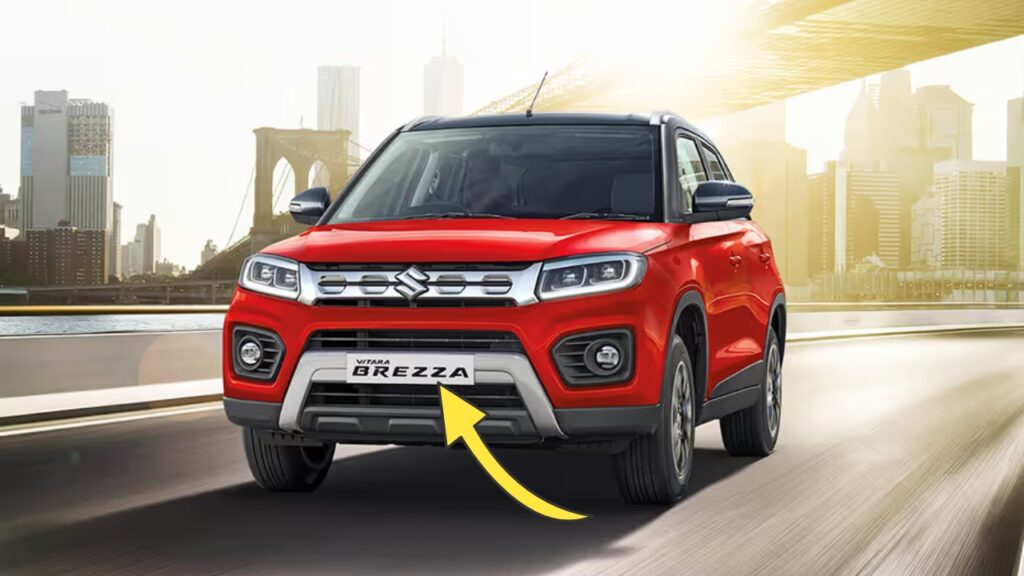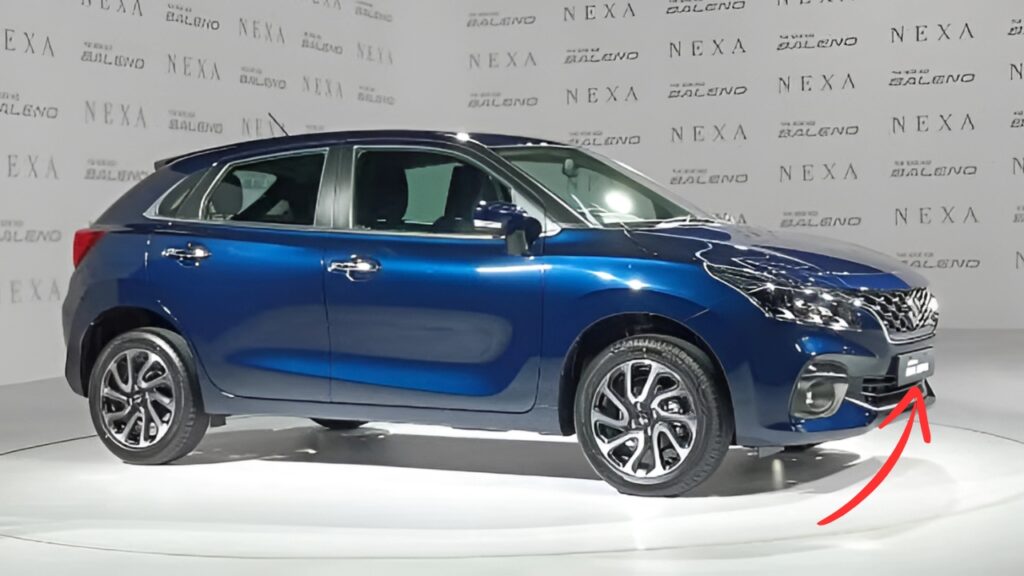Royal Enfield Classic 350: The rumble beneath you builds—not harsh or intrusive, but deeply resonant. It speaks of journeys taken and adventures yet to come. This signature thump, instantly recognizable to enthusiasts, belongs to none other than the Royal Enfield Classic 350.
For decades, this motorcycle has carved its niche in the hearts of riders seeking something beyond mere transportation—something with soul, character, and an undeniable connection to motorcycling heritage.
The Classic 350 stands as the torchbearer of Royal Enfield’s legacy, a brand whose roots stretch back to 1901, making it the oldest motorcycle company in continuous production worldwide.
While countless manufacturers have chased ever-increasing horsepower figures and technological complexity, Royal Enfield has remained steadfast in its commitment to a riding experience that prioritizes connection and character over specification-sheet supremacy.
Royal Enfield Classic 350: Evolution Through the Years
The modern Classic 350 traces its lineage to Royal Enfield’s post-war models, particularly the iconic Bullet.
When first introduced in its contemporary form, the Classic represented a masterful balancing act—retaining the timeless silhouette and mechanical simplicity that defined its ancestors while cautiously embracing necessary modern elements.
Through successive generations, Royal Enfield has refined this formula, most significantly with the 2021 overhaul that introduced an entirely new chassis and engine while carefully preserving the aesthetic DNA that made the Classic instantly recognizable. This thoughtful evolution encapsulates the brand’s philosophy: respect tradition without becoming imprisoned by it.
The J-series engine that powers the current generation brought smoother performance and enhanced reliability without sacrificing the characteristic beat that has become synonymous with the Royal Enfield experience.
Paired with a more sophisticated frame, the result is a motorcycle that honors its heritage while acknowledging the expectations of contemporary riders.
Design Philosophy: Authenticity Above All
In an era where “retro” often means modern technology wearing vintage-inspired clothing, the Classic 350 takes a more authentic approach. Its design doesn’t merely reference the past—it exists in continuous dialogue with it.
The teardrop fuel tank, sprung single seat, and distinctive headlamp nacelle aren’t retro affectations but rather direct evolutionary descendants of features that have defined Royal Enfield motorcycles for generations.
Materials choices reinforce this commitment to authenticity. Where other manufacturers might simulate the appearance of metal with plastic components, Royal Enfield employs genuine metal for key visual elements.
The satisfying coolness of the tank against your leg on a summer ride, the solid feel of metal side panels—these tactile experiences form an essential part of the Classic’s appeal.
Color options span from traditional military-inspired greens and desert storm beiges to more contemporary metallics and two-tones, allowing riders to choose between vintage authenticity and modern expression.
Regardless of finish, each Classic bears hallmarks of careful attention to detail: pinstriping applied by hand in Royal Enfield’s factory, thoughtfully designed badging, and proportions that have stood the test of time.
The Riding Experience: Mindfulness on Two Wheels
Swing a leg over the Classic 350, and the riding position immediately communicates the motorcycle’s intent.
Neither aggressively forward-leaning like a sports bike nor stretched-out like a cruiser, the upright stance places the rider in a commanding position that provides excellent visibility through traffic while remaining comfortable for longer journeys.
The first kick of the starter (or press of the button on newer models) brings the single-cylinder engine to life with a characteristic cadence that vibrates not just through the chassis but into the very core of the riding experience.
At idle, the gentle rocking sensation might initially seem strange to those accustomed to perfectly balanced modern engines, but veteran Enfield riders know this as the “heartbeat” that gives their machines a nearly animate quality.
Setting off reveals a motorcycle that never feels hurried. The power delivery—modest by contemporary standards at around 20 horsepower—builds methodically, encouraging the rider to engage fully with the mechanical process of gathering speed. The five-speed transmission shifts with deliberate precision, rewarding thoughtful inputs and punishing haste.
This measured character extends to the handling. The Classic was never designed for aggressive cornering or rapid direction changes.
Instead, it exhibits a planted stability that inspires confidence, particularly on the imperfect road surfaces common throughout India and increasingly found in Western countries with aging infrastructure.
The long wheelbase and relaxed steering geometry mean the Classic tracks true even on rutted roads that might unsettle more “advanced” designs.
Braking has evolved significantly with recent generations, with the addition of discs front and rear plus optional ABS representing a notable concession to modern safety standards.
The stopping power remains appropriately matched to the motorcycle’s performance—effective without being abrupt, allowing for the smooth, controlled deceleration that best suits the Classic’s dignified character.
Engineering: Simplicity as Sophistication
The technical specification of the Classic 350 reveals a commitment to fundamental engineering principles rather than technological showmanship. The air-cooled single-cylinder engine employs straightforward architecture that prioritizes accessibility and durability over maximum efficiency or output.
This philosophical approach extends throughout the motorcycle. Components are generally sized for longevity rather than minimum weight, fasteners are standard and accessible rather than proprietary, and systems are designed with field serviceability in mind.
Even as fuel injection has replaced carburetors and electronic ignition has supplanted points, Royal Enfield has maintained a devotion to designs that can be understood and, if necessary, repaired by owners with basic mechanical knowledge.
The frame architecture of the latest generation represents perhaps the most significant technical advancement in the Classic’s recent evolution.
The shift to a double-cradle design brought improved rigidity and more predictable handling while allowing for more precise manufacturing tolerances. This change, though invisible to casual observers, demonstrates Royal Enfield’s commitment to substantive improvement rather than mere stylistic updates.
The Ownership Experience: Beyond the Ride
Purchasing a Classic 350 extends beyond the transaction itself to initiation into a distinct motorcycling subculture. Royal Enfield has cultivated this community through owners’ events, organized rides, and support for custom builders who use their motorcycles as creative canvases.
Maintenance follows the same philosophy as the motorcycle’s design—straightforward but requiring attention. The air-cooled engine needs more frequent oil changes than modern liquid-cooled units, and valve adjustments remain an important part of the service schedule.
However, these maintenance requirements foster a closer relationship between rider and machine, encouraging owners to develop at least a basic understanding of their motorcycle’s mechanical needs.
The aftermarket has embraced the Classic enthusiastically, offering everything from practical upgrades like improved lighting and luggage solutions to cosmetic modifications that allow further personalization.
Royal Enfield itself has recognized this tendency toward customization by offering a range of factory accessories that maintain warranty coverage while allowing owners to tailor their motorcycles to specific needs.
Comparative Standing: The Classic in Context
| Feature | Royal Enfield Classic 350 | Jawa Classic | Honda H’ness CB350 | Benelli Imperiale 400 |
|---|---|---|---|---|
| Engine | 349cc Single-Cylinder | 293cc Single-Cylinder | 348.36cc Single-Cylinder | 374cc Single-Cylinder |
| Power Output | 20.2 HP @ 6100 rpm | 27 HP @ 6000 rpm | 21 HP @ 5500 rpm | 21 HP @ 6000 rpm |
| Torque | 27 Nm @ 4000 rpm | 27.05 Nm @ 5000 rpm | 30 Nm @ 3000 rpm | 29 Nm @ 3500 rpm |
| Weight | 195 kg | 170 kg | 181 kg | 205 kg |
| Fuel Capacity | 13 liters | 14 liters | 15 liters | 12 liters |
| Front Suspension | Telescopic Fork | Telescopic Fork | Telescopic Fork | Telescopic Fork |
| Rear Suspension | Twin Tube Emulsion Shocks | Twin Shocks | Twin Shocks | Twin Shocks |
| Starting Price | ₹1.90 lakhs | ₹1.95 lakhs | ₹1.98 lakhs | ₹1.99 lakhs |
| Service Network | Extensive | Limited | Extensive | Limited |
Within its competitive set, the Classic 350 distinguishes itself not through superior specifications but through its authentic heritage and established presence.
While the Jawa offers higher power-to-weight ratio and the Honda delivers more sophisticated electronics, the Royal Enfield brings generations of continuous development and the largest dedicated service network among retro-styled motorcycles.
The Benelli Imperiale perhaps comes closest to matching the Classic’s focus on presence and torque-focused riding experience, but lacks the historical continuity and community that surrounds Royal Enfield.
This intangible aspect—the sense of joining a tradition rather than merely purchasing a product—remains perhaps the strongest differentiator for the Classic 350.
Key Points About the Royal Enfield Classic 350:
-
Living Heritage: Represents the world’s oldest continuous motorcycle production lineage, with design elements that evolve rather than imitate the past.
-
Distinctive Sound: The characteristic “thump” of the single-cylinder engine provides an auditory signature immediately identifiable to enthusiasts.
-
Mechanical Simplicity: Straightforward engineering prioritizes accessibility and longevity over complexity and maximum performance.
-
Handcrafted Details: Features like hand-painted pinstriping connect each motorcycle to human craftsmanship rather than purely automated production.
-
Commanding Presence: The upright riding position and substantial proportions give the Classic road presence beyond its displacement class.
-
Customization Platform: Extensive factory accessories and aftermarket support allow owners to personalize their motorcycles extensively.
-
Global Community: Owners benefit from an international network of enthusiasts, organized rides, and shared technical knowledge.
-
All-Road Capability: The rugged construction and compliant suspension handle unpaved surfaces and rough roads with confidence.
-
Resale Strength: Historically strong residual values reflect enduring demand and the motorcycle’s durability.
-
Cultural Icon: Transcends transportation to serve as a symbol of certain values: independence, authenticity, and unhurried enjoyment.
The Road Ahead: Tradition in a Changing World
As the automotive world accelerates toward electrification and increasing automation, Royal Enfield faces the significant challenge of preserving the essence of the Classic experience while acknowledging evolving regulatory requirements and customer expectations.
Recent models demonstrate the company’s approach to this balancing act—embracing fuel injection and ABS while maintaining the fundamental character that defines the Classic.
The question of electrification looms particularly large. While some traditionalists might consider an electric Classic a contradiction in terms, Royal Enfield’s engineering team has the opportunity to redefine what constitutes the essential character of their motorcycles.
If the distinctive exhaust note must eventually give way to electric propulsion, perhaps the weight distribution, riding position, and tactile interfaces could preserve enough of the Classic experience to maintain its special place in the motorcycling landscape.
What seems certain is that as long as there are riders who value mechanical character, deliberate pace, and authentic design over maximum performance or technological novelty, there will be a place for motorcycles like the Classic 350.
Its enduring appeal suggests that in motorcycling, as in many areas of life, the newest or fastest option isn’t necessarily the most satisfying.
Royal Enfield Classic 350: The Enduring Appeal of Authenticity
In a world increasingly characterized by digital experiences and virtual connections, the Royal Enfield Classic 350 offers something refreshingly tangible.
Its appeal lies not in doing everything better than its competitors, but in doing certain things differently—with an unapologetic commitment to a particular motorcycling philosophy.
The Classic invites its rider to experience the journey rather than merely arrive at the destination, to develop mechanical sympathy rather than expect flawless perfection, and to value character over convenience.
That these values continue to resonate with riders across generations speaks to something fundamental in our relationship with machines and mobility.
For those who understand the appeal, the Classic 350 isn’t merely transportation but a mechanical companion with distinct personality.
The modest performance envelope, the deliberate handling, even the occasional idiosyncrasies—these aren’t shortcomings but essential elements of a motorcycle that dares to prioritize soul over specifications in an age increasingly dominated by the latter.
